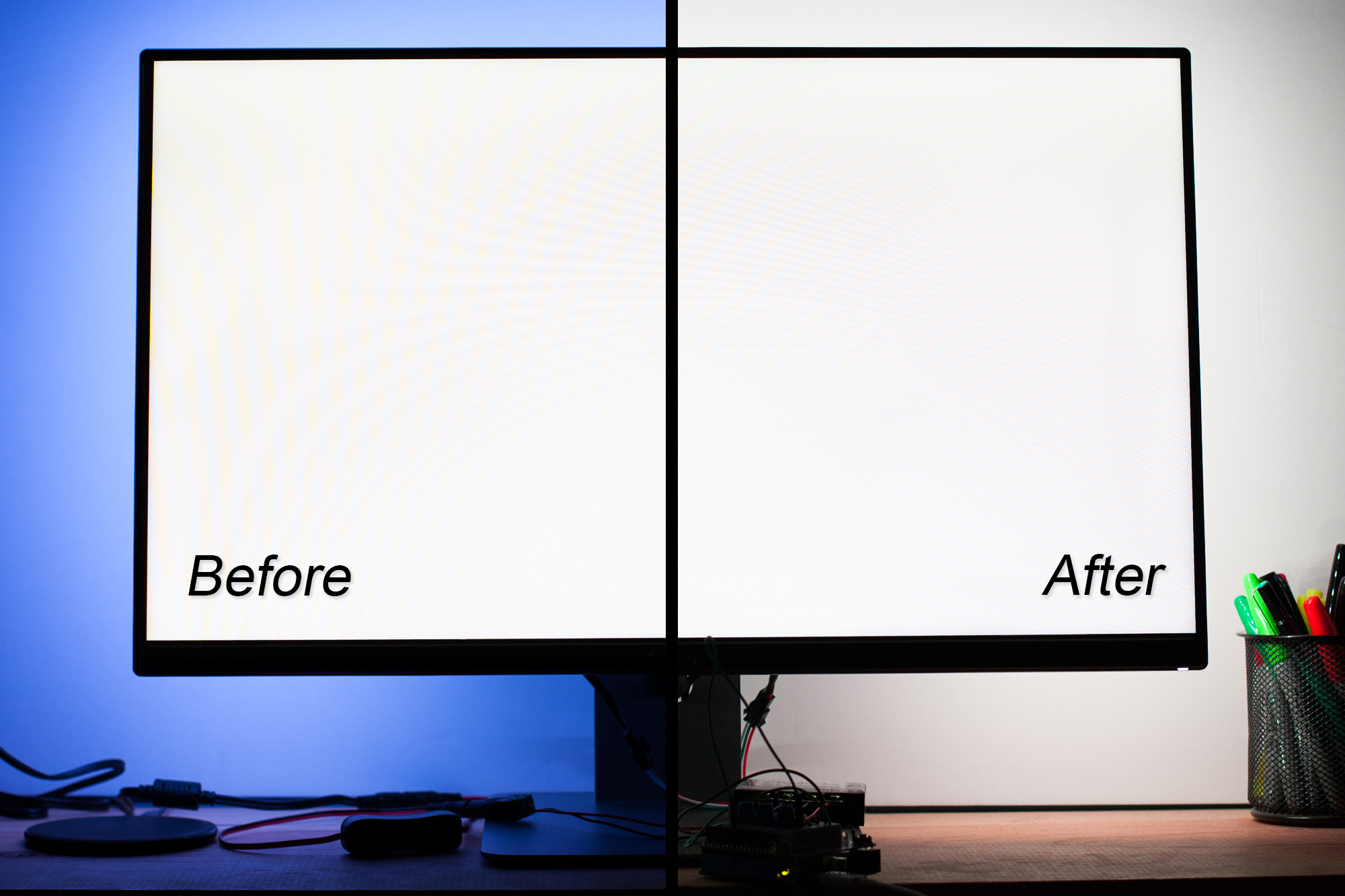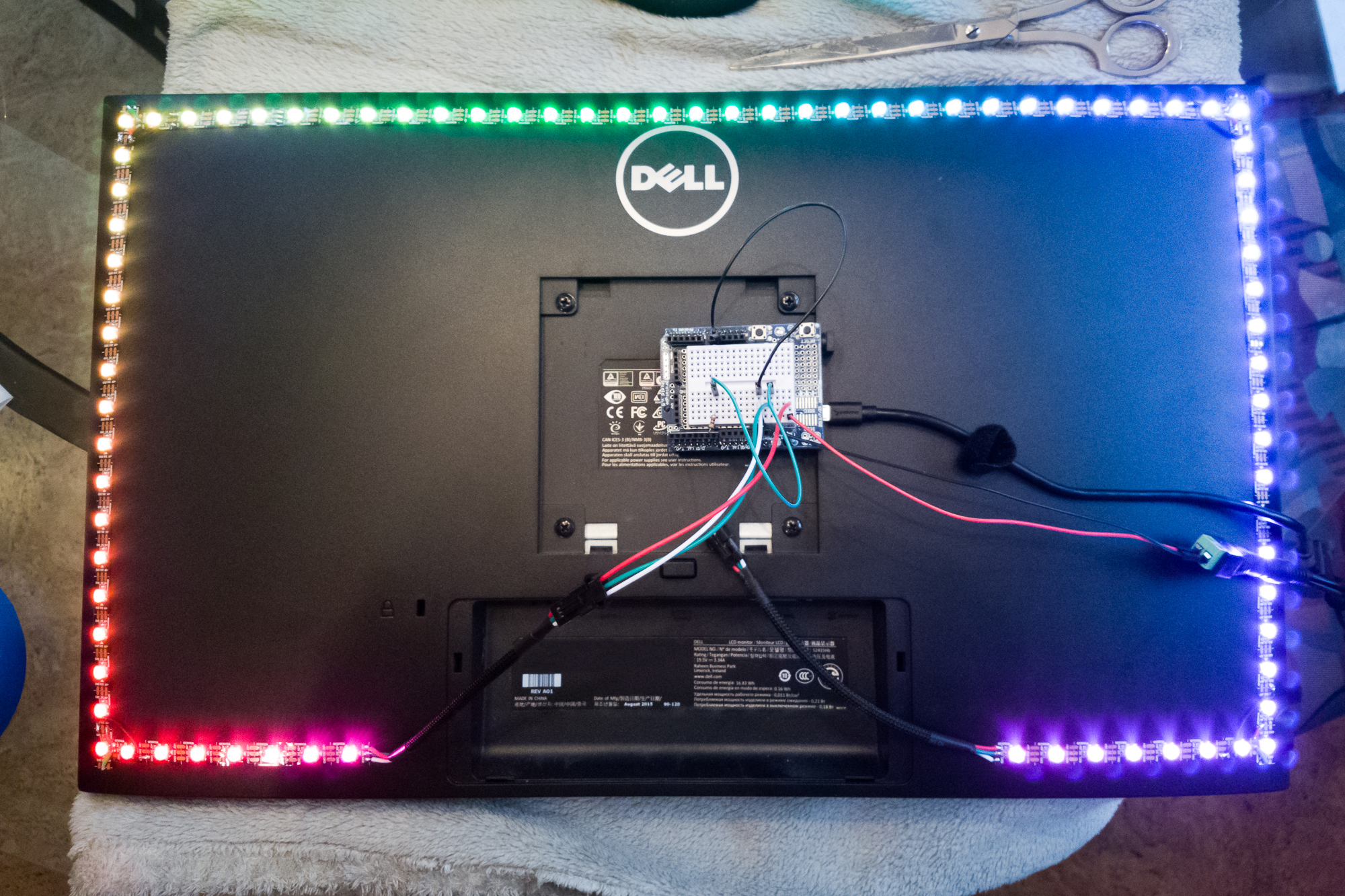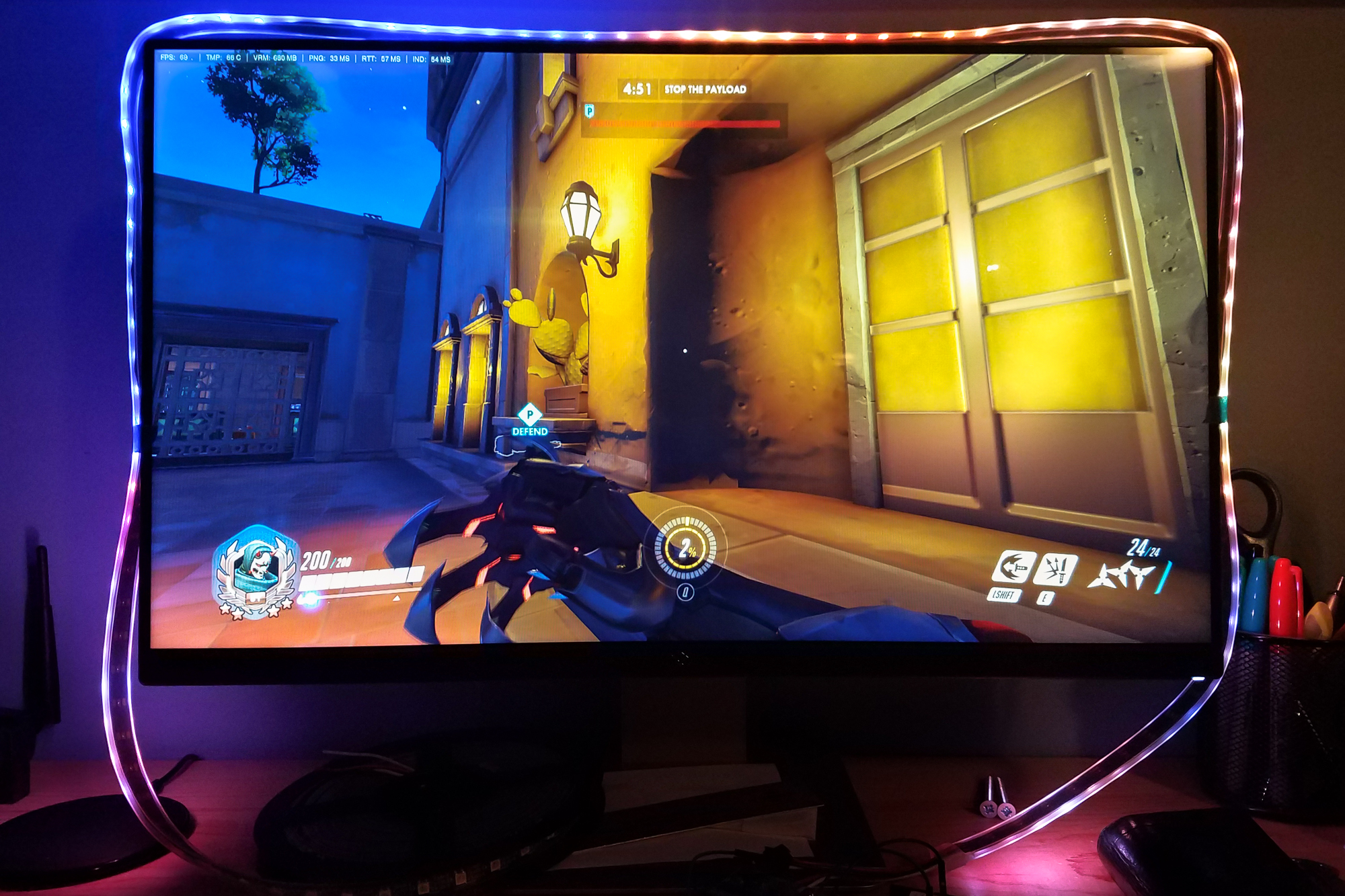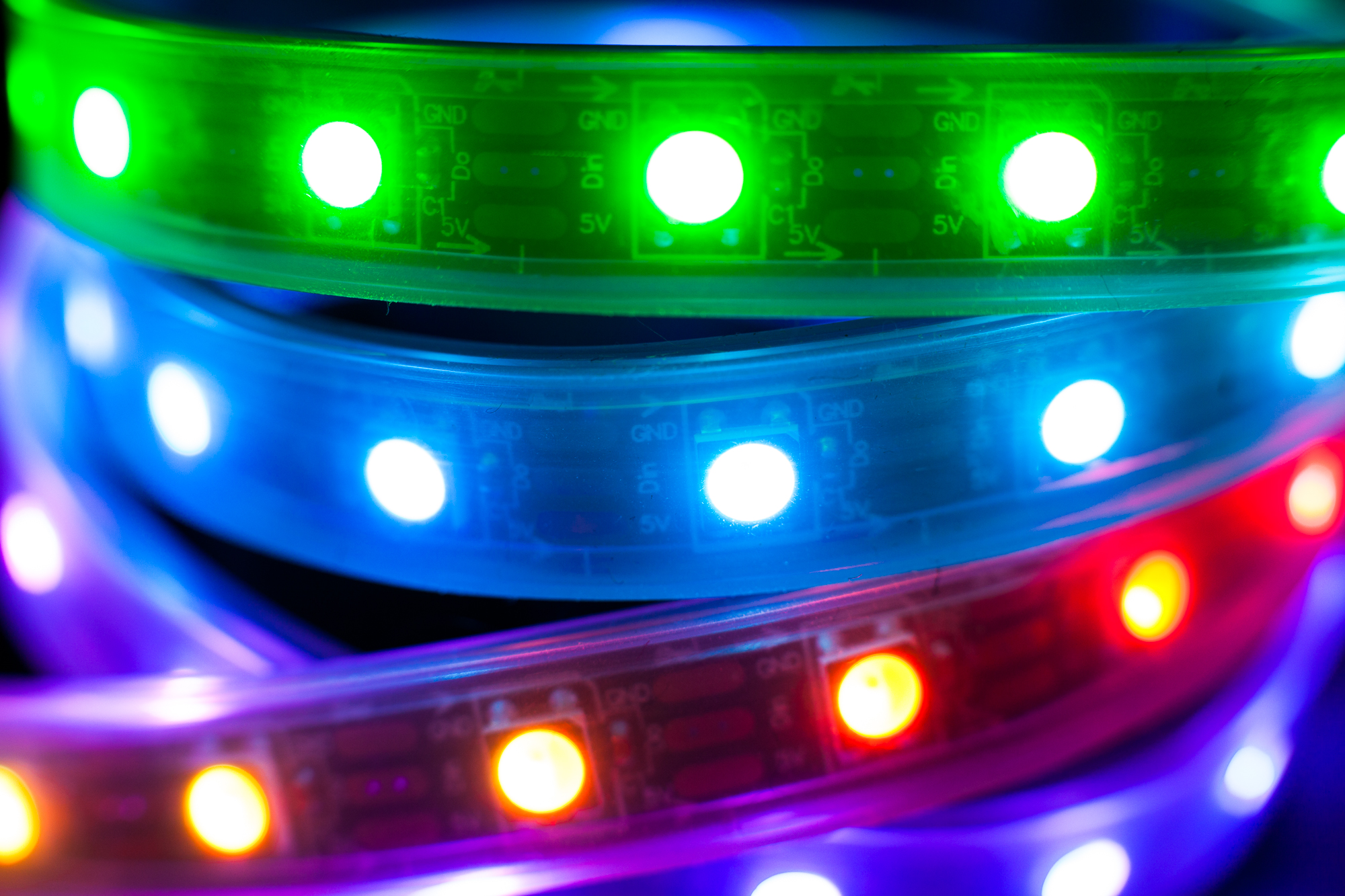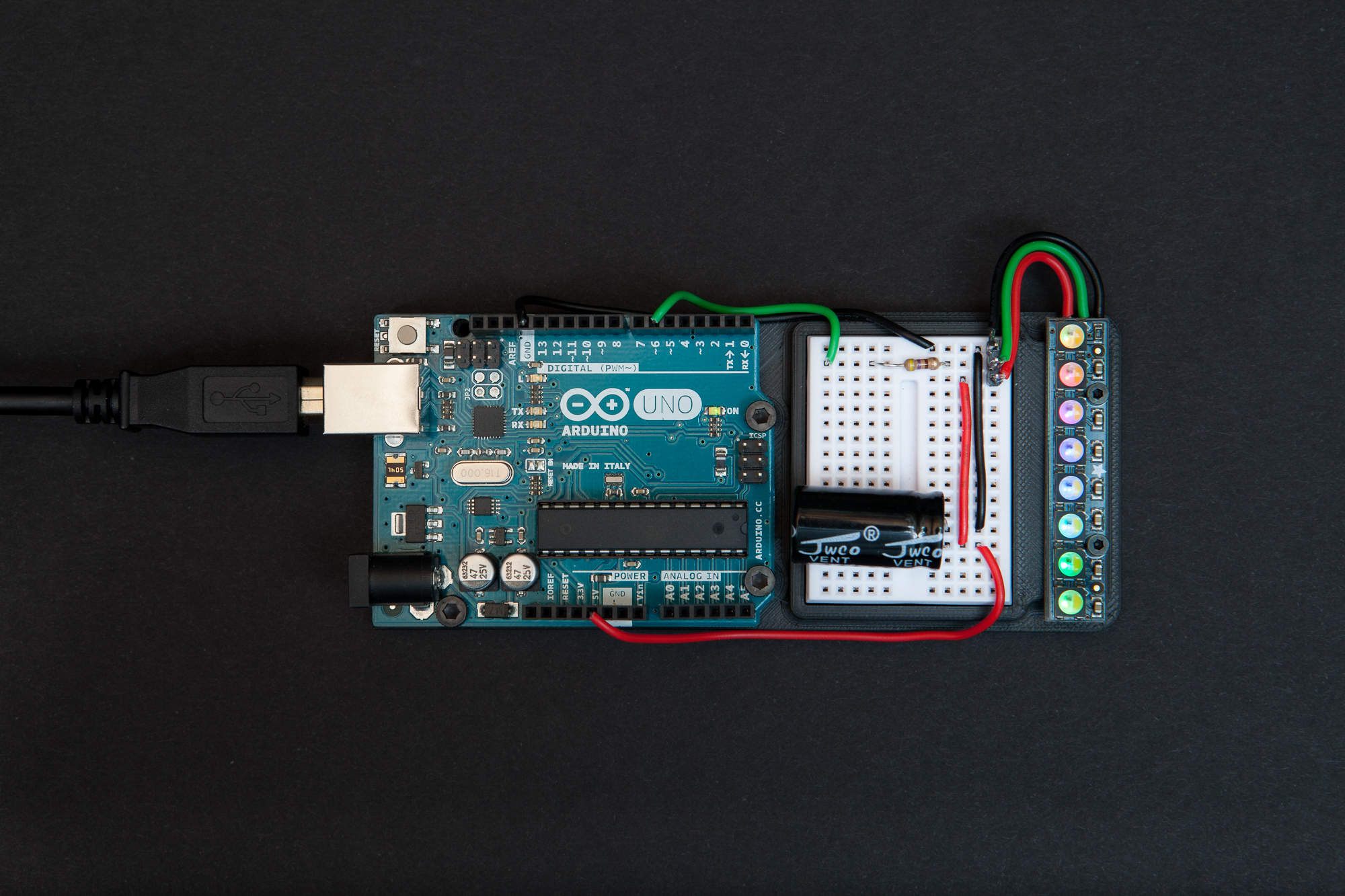While the final version of the footwell NeoPixel project calls for a long strip of ~60 pixels, most of my time is going to be split between programming at my desk and testing the pixels’ response to telemetry from the car. I didn’t want to have to wrangle a large strip every time I wanted to test an idea, and I figured most of the patterns for the 60 pixel strip could be replicated on a shorter one.
My solution is this small prototyping board. It’s a 3D printed part with mounts for an Arduino Uno, a small breadboard, and a NeoPixel stick. The NeoPixel stick is a nifty PCB with 8 of the same type of RGBW leds as the strip I plan to use, and includes input/output pads and a resistor for the data line. The breadboard lets me wire a 1000µF capacitor to protect the pixels from voltage spikes and allows me to hook up a second power supply if I’m reaching the power limits of the Arduino (which I should note is absolutely possible if you’re using all of the pixels at full brightness).
(more…)

